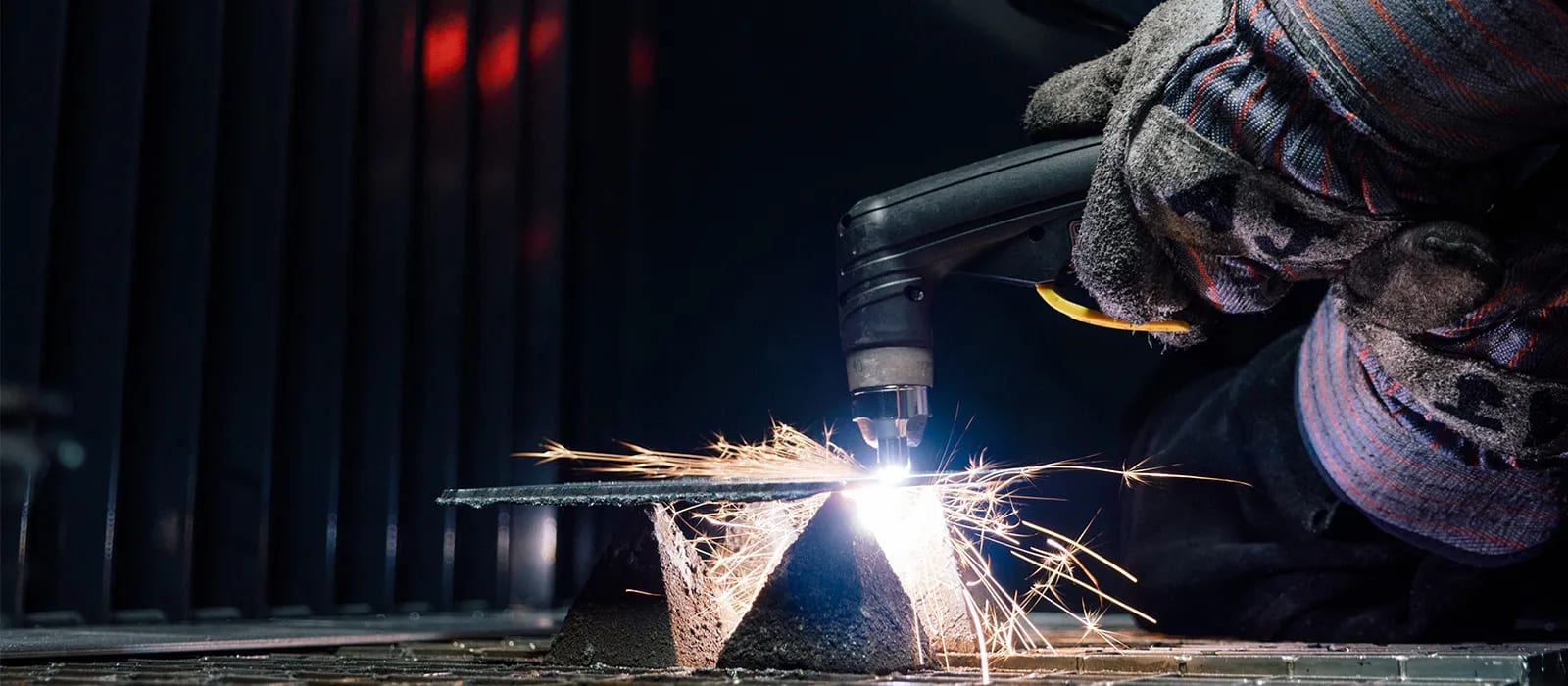Crucial Tips for Welders: Avoiding Undercut Welding and Ensuring Stronger Weld Joints
In the realm of welding, achieving durable and solid weld joints is the keystone of creating premium work. One common obstacle that welders usually run into is undercut welding, which can endanger the stability of the weld joint.

Understanding Undercut Welding
Undercut welding is an usual welding problem that takes place when the weld metal falls short to correctly load the groove and leads to a groove-like clinical depression along the weld bead. This issue compromises the weld joint, making it at risk to breaking and failing under tension. Damaging can be caused by different variables, including too much welding current, high welding speed, inappropriate electrode angle, incorrect electrode dimension, and inadequate welding technique.
Among the major reasons for undercut welding is a discrepancy in between the welding current and the welding speed. If the welding current is also high or the welding rate is too quick, the weld metal may not sufficiently load the groove, causing undercutting. Additionally, using an electrode that is as well big can lead to a similar outcome, as the excess metal can not properly flow into the groove.
To stop undercut welding, welders should ensure they are using the appropriate welding parameters, maintain an appropriate electrode angle, choose the suitable electrode size, and technique correct welding techniques. By attending to these variables, welders can decrease the risk of undercutting and create stronger, more dependable weld joints.
Appropriate Welding Method
Efficient welding technique plays a vital role in guaranteeing the top quality and integrity of weld joints. One fundamental element of correct welding technique is preserving the appropriate angle and range in between the welding gun and the workpiece.
In addition, a constant and stable hand activity is vital for developing strong and sturdy weld joints. Welders ought to go for smooth, uniform activities to make sure also distribution of the weld product. Proper adjustment of the welding gun and filler product is additionally essential to achieving optimum penetration and blend.
Furthermore, controlling the warmth input and picking the suitable welding criteria based upon the material being bonded are critical consider attaining high-quality welds - Preventing weld undercut. Welders need to follow the advised settings supplied by welding procedure requirements and adjust them as needed based upon the details requirements of the project. By grasping proper welding techniques, welders can significantly improve the toughness and reliability of their weld joints
Choosing the Right Electrode
Keeping the right angle and range between the welding gun and the work surface is fundamental when considering the importance of picking the ideal electrode in welding applications. The selection of electrode plays an essential role in determining the top quality and toughness of the weld joint. Electrodes come in numerous kinds, each made for particular purposes and products.
Firstly, picking the appropriate electrode diameter is essential. Thinner electrodes are suitable for welding slim materials, while thicker electrodes are better for thicker products and higher warmth applications. Matching the electrode size to the thickness of the workpiece aids achieve a balanced weld.
Secondly, recognizing the product composition of the electrode is important. Different electrodes are made for welding details materials like steel, stainless-steel, aluminum, or cast iron. Using the appropriate electrode material ensures great Extra resources combination and lessens the danger of flaws in the weld.
Last but not least, taking into consideration the welding placement and strategy is vital when picking the electrode kind. Certain electrodes are much better suited for overhead or vertical welding placements, while others function well for flat or straight positions. Selecting the right electrode based upon the welding strategy boosts the total weld top quality and stability.
Preparing the Base Metal
To make sure a successful welding process, what preliminary actions should be taken when preparing the base steel for welding? Furthermore, any kind of existing weld product or deposit from previous welding ought to be gotten rid of to guarantee a tidy surface area for the brand-new weld.

Conducting Post-Weld Assessments

After conducting these evaluations, welders must contrast the results against industry criteria and task requirements to make certain that the weld joint meets all required requirements. Any type of deviations or insufficiencies uncovered throughout the post-weld examination needs to be without delay dealt with via ideal restorative steps to assure the weld's integrity. By carefully executing post-weld inspections and promptly dealing with any problems, welders can maintain the quality and integrity of their job, eventually contributing to the security and durability of the bonded structures.
Verdict

To conclude, stopping undercut welding and ensuring more powerful weld joints need a mix of appropriate welding method, picking the best electrode, preparing the base steel correctly, and carrying out post-weld examinations. By understanding their explanation the root causes check over here of undercut welding and implementing the required safety measures, welders can create premium weld joints that meet sector criteria and ensure the structural integrity of the welded parts.
Undercut welding is an usual welding problem that takes place when the weld metal stops working to effectively load the groove and results in a groove-like anxiety along the weld grain (Preventing weld undercut). Undercutting can be created by various elements, consisting of excessive welding present, high welding rate, inappropriate electrode angle, inaccurate electrode size, and bad welding strategy
One of the primary reasons for undercut welding is an inequality between the welding existing and the welding speed. If the welding current is too high or the welding rate is too quick, the weld metal may not properly fill the groove, leading to damaging.Maintaining the proper angle and distance in between the welding weapon and the work surface is basic when considering the significance of selecting the ideal electrode in welding applications.